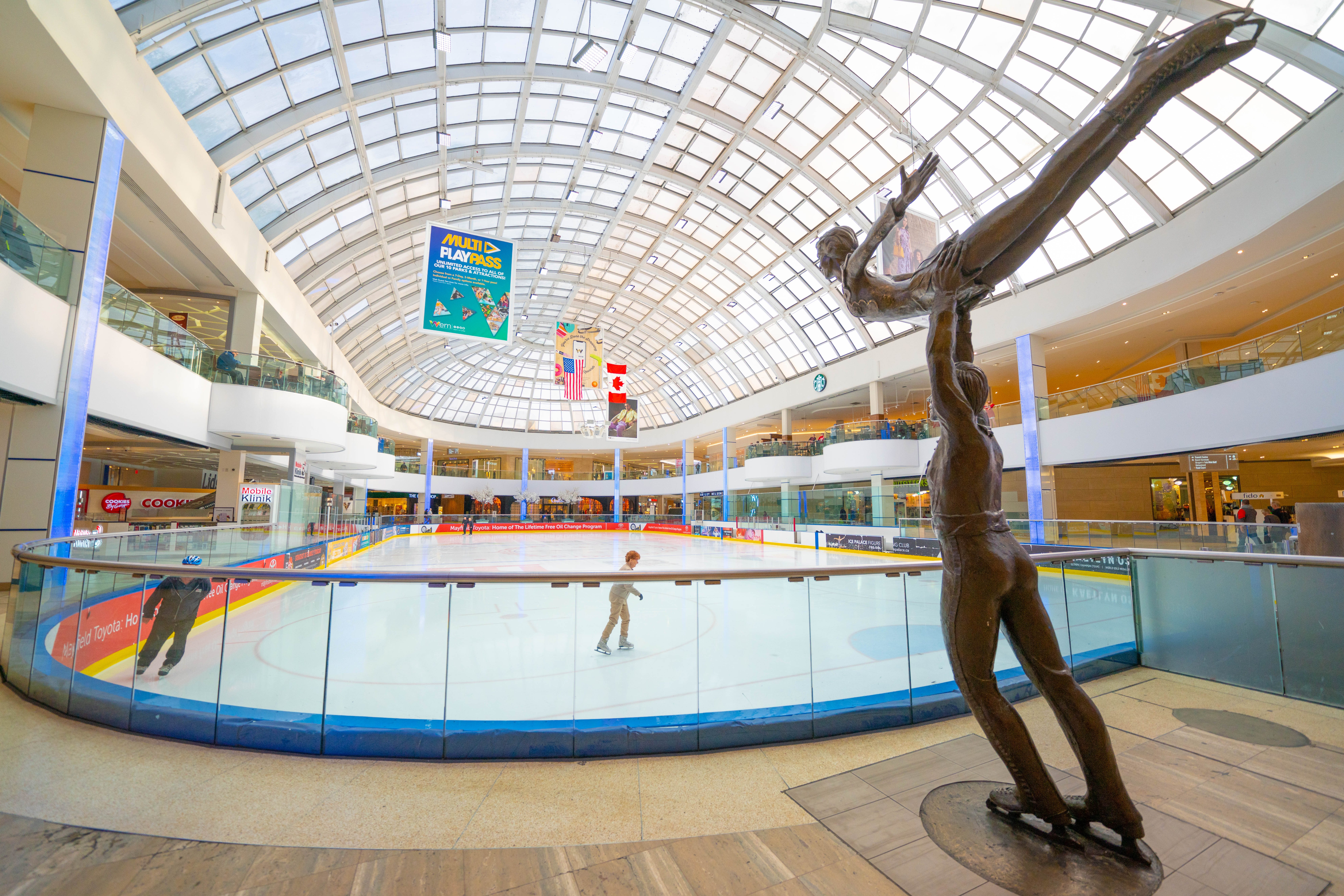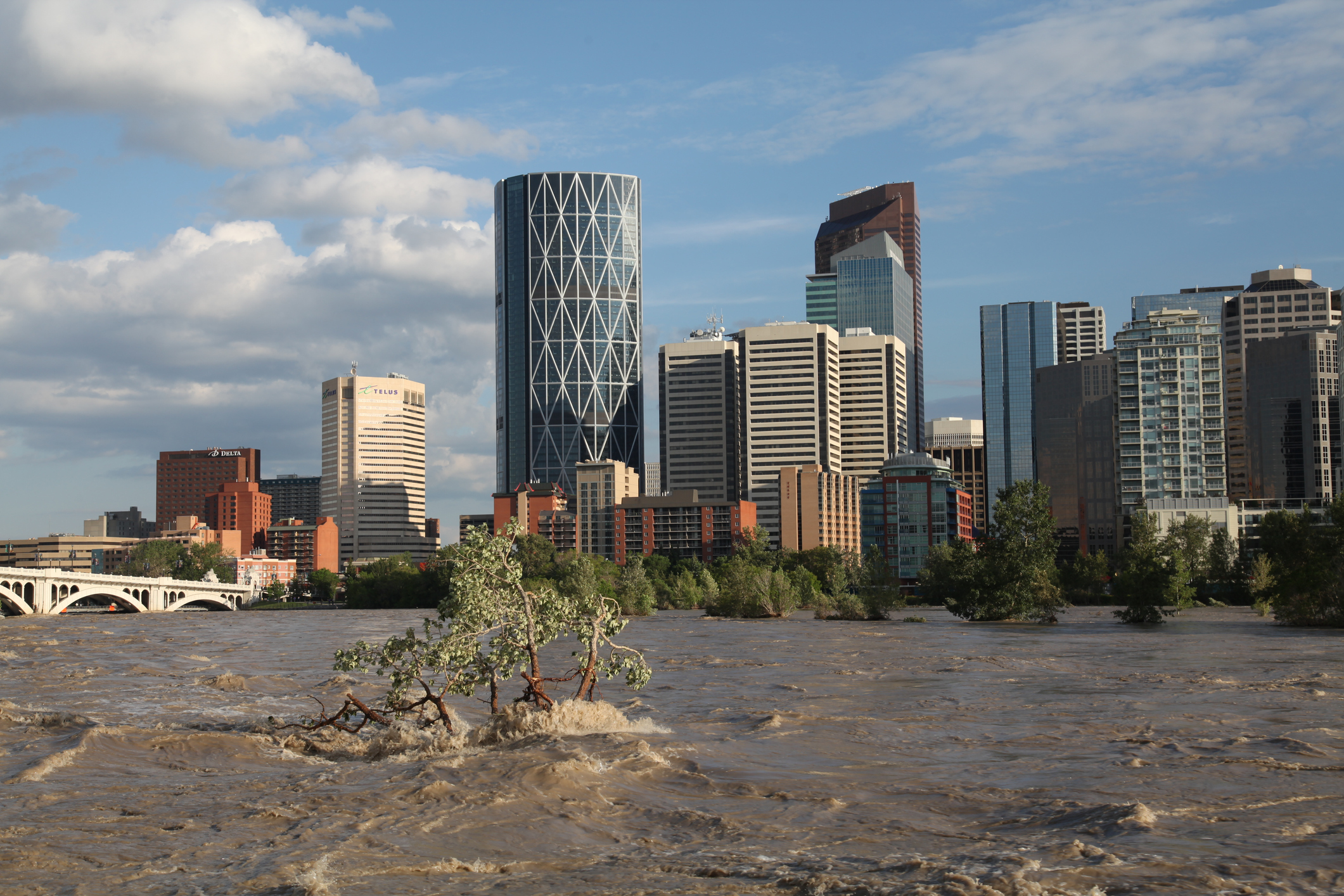Photo courtesy of Brandon Low
New Museum Helps Preserve the Land Before Time
Since 1985, the Royal Tyrrell Museum of Palaeontology near Drumheller has taken millions of visitors on a journey through geological time. Dinosaur fossils are the star attraction, but visitors also learn about rocks, minerals, and the principles of geology.
The museum is named for geologist Joseph Burr Tyrrell. In 1884, he discovered a new species of dinosaur—the Albertosaurus—only a few kilometres from where the museum now stands.
Another dinosaur hot spot—the River of Death and Discovery Bonebed—can be found just west of Grande Prairie. In 2015, the Philip J. Currie Dinosaur Museum opened nearby in Wembley, showcasing discoveries from the area. Modern-day fossil hunter Dr. Bert Hunt, P.Eng., has worked alongside paleontologists, helping find, excavate, and restore some of the specimens now on display.
This complete and uncrushed specimen of the small tyrannosaurid Gorgosaurus was found in Dinosaur Provincial Park. It shows the classic death pose—head and neck flexed back, tail sharply upcurved, legs folded tightly—often seen in well-preserved fossils of carnivorous dinosaurs.
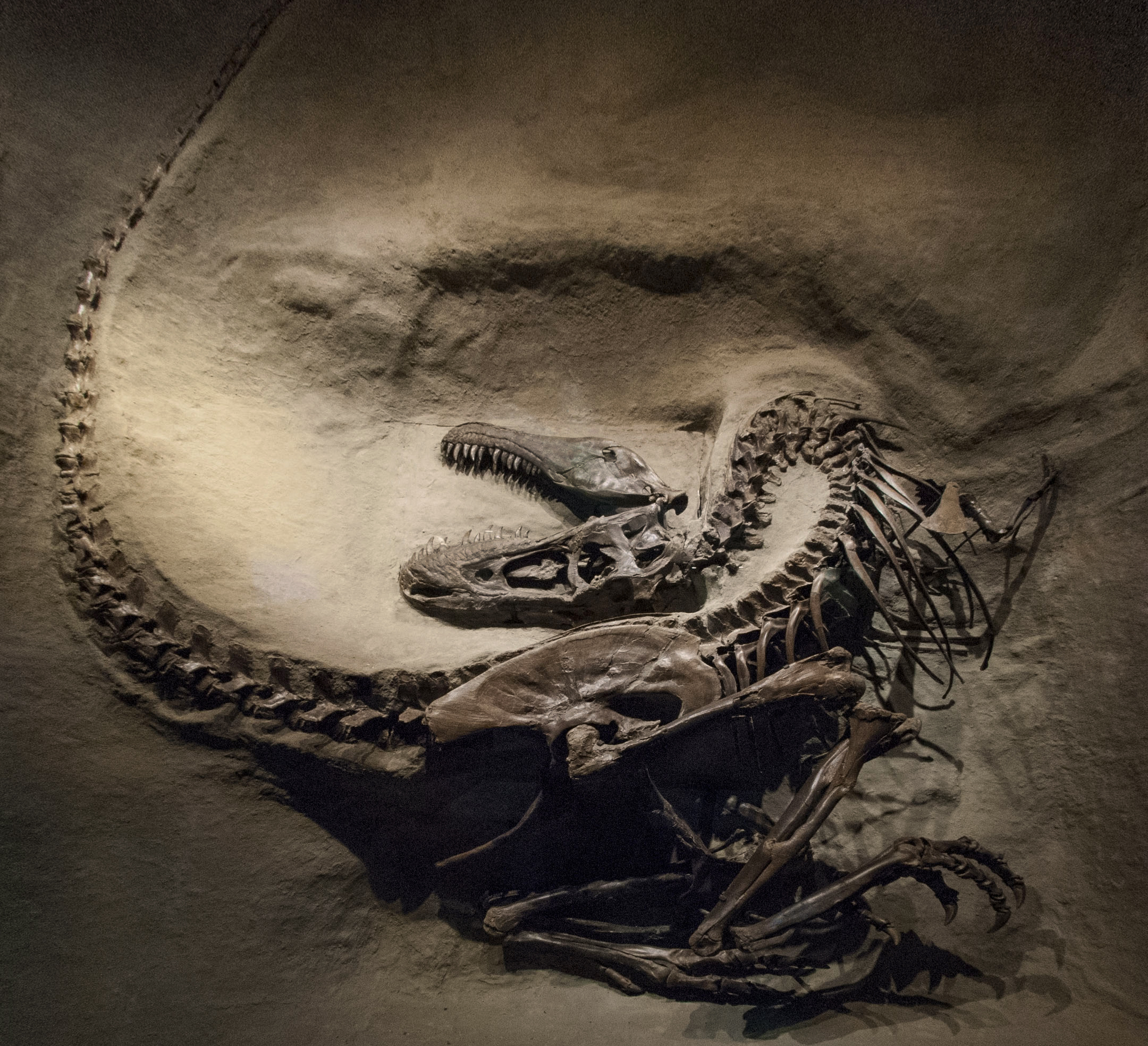
Photo courtesy of the Royal Tyrrell Museum, Drumheller, AB
Trackways are often the only evidence that dinosaurs inhabited certain regions of the province as their bones were not always preserved. This trackway, found in a coal mine near Grande Cache, records the simultaneous passage of three carnivorous dinosaurs across a very muddy beach during the Early Cretaceous period, around 100 million years ago.
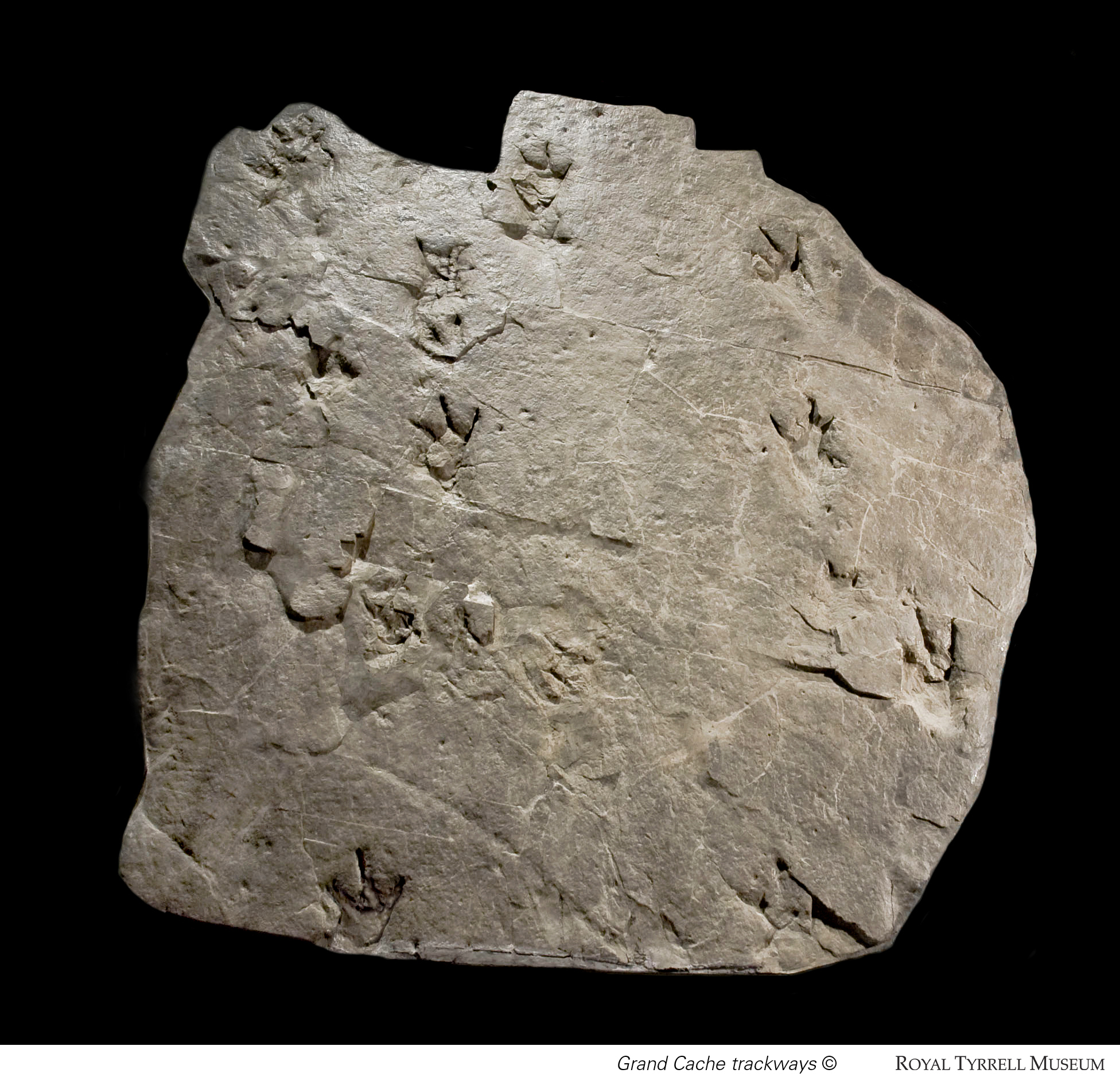
Photo courtesy of the Royal Tyrrell Museum
Exposed timber beams inside the Philip J. Currie Dinosaur Museum near Wembley aren’t just structural support—they’re a nod to the dinosaur fossils on display inside the building.
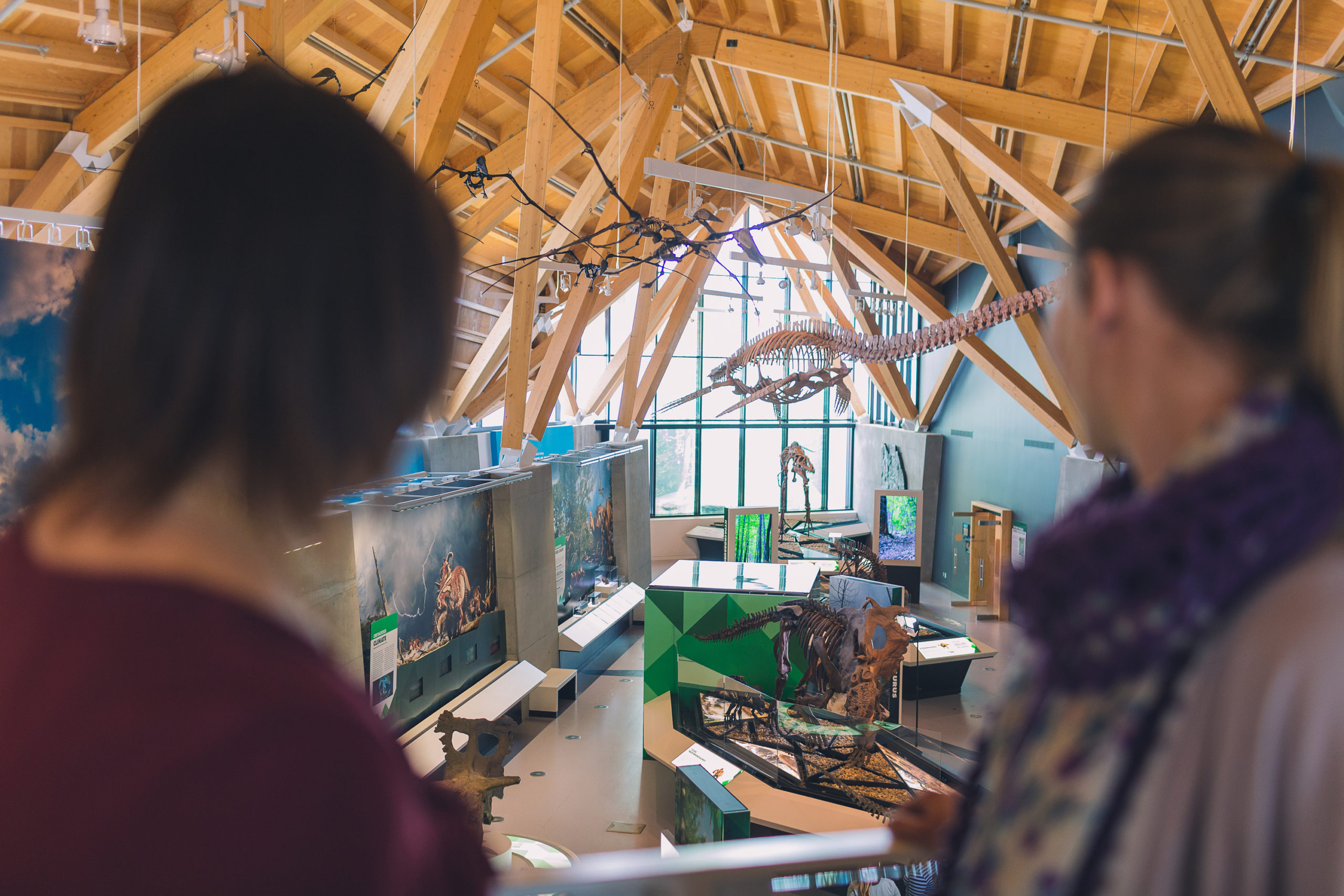
Photo courtesy of Brandon Low
